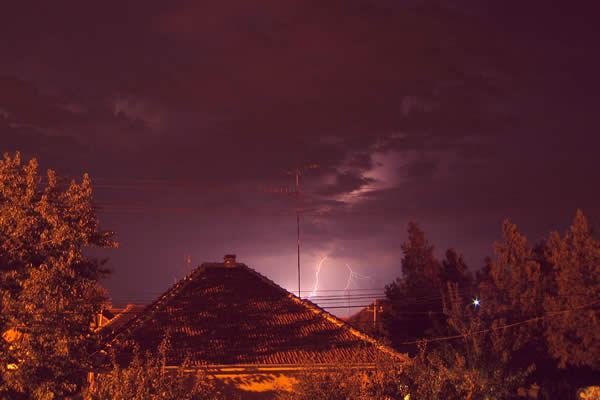Hmm..maybe use a tripod? J/k. A tripod is an absolute must, unless you're going for the blurry artistic effect. It's been a while since I did a whole lot of night photography, so long ago that we used this special thin plastic material called film. Ever heard of it? Ha ha. I actually had to wait for days until I could see the results, so it was quite a trial and error process with a lot of wasted pictures. I used take multiple pictures, then write down the exposure, time of day and conditions, then wait till the pictures were developed to see which ones turned out good so I knew what to do next time. But now, with the instant gratification of digital, you'll have a much easier time.
A couple of ideas, you can find a lot more if you search for "night photography" on google. If you're going for skylines or other lit subject, don't wait until it's completely dark. Shoot while there's just a little bit of light in the sky, that way there's not too much contrast between the lights and sky. Try zooming while shooting for a warp style effect. Use the self timer to trigger the shutter so you won't shake the camera. Leave the shutter open in bulb, and use a flashlight or handheld flash to highlight certain objects. Leave shutter open and use a flashlight to "write" in light. There's a new commercial on TV right now using that effect, it's pretty cool. Just experiment, pictures are free, so do anything you feel like. If you don't like it, just delete it and try again.
Edit: Found the commercial.
http://www.youtube.com/watch?v=lW_9SYaWAQg





